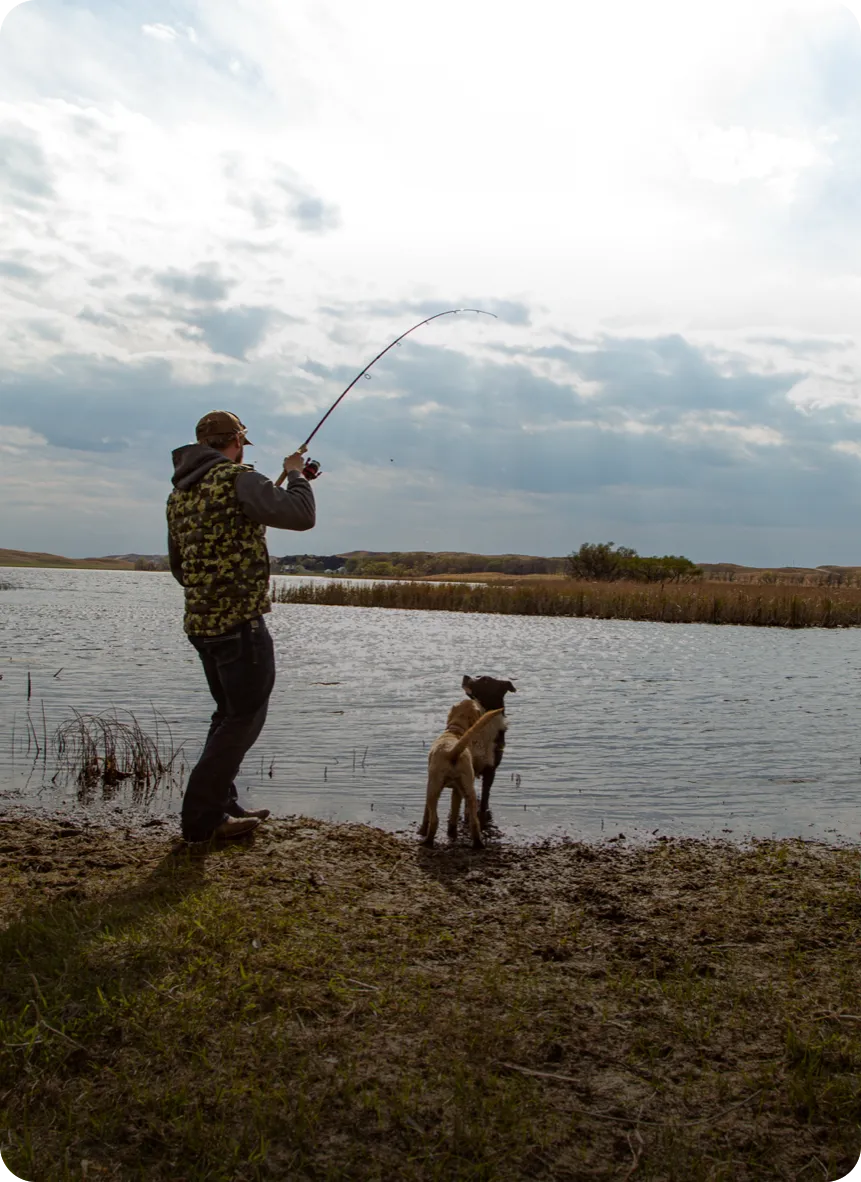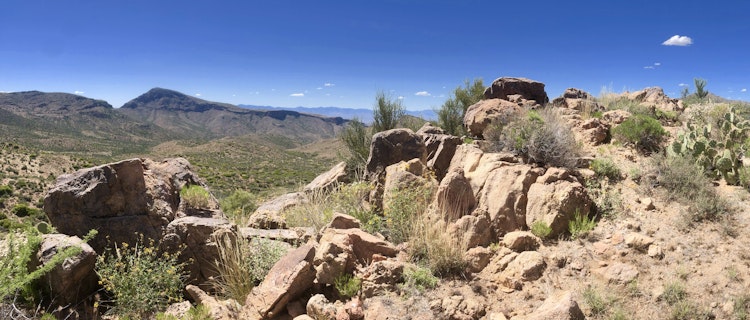Hunt for Elk in Arizona
Hunt for Elk on the best private land in Arizona. Book private land for your next outdoor adventure - fishing, hunting, bird-watching and more!
"Perfect getaways for the entire family to enjoy."
"The easiest way to get exclusive access to private land for hunting."
"Connecting directly with landowners is a game changer."
LandTrust offers 1,000,000+ acres of private land for you to access in 40+ states.
Explore private land to Hunt Elk in Arizona
FOR LANDOWNERS
Earn more money from your farm or ranch.
Host verified guest on your property.
List for free and earn up to $60,000 per year.
Stay 100% in control of your property.
What are the seasons and regulations for hunting elk in Arizona?
In Arizona, the state's elk hunting seasons are typically divided into early season (September-October) and late season (November-December), but specific dates can vary year by year. Early season hunts are usually archery and muzzleloader only, while late season hunts are typically rifle hunts. It's important to note that Arizona operates on a draw system for elk tags, meaning hunters must apply for a limited number of permits issued each year. The application period usually opens in January and closes in February, but it's advisable to check the Arizona Game and Fish Department's website for exact dates. Regulations also stipulate that hunters must possess a valid hunting license along with their tag. As for bag limits, generally only one elk per hunter is allowed per year. However, regulations can change annually, so it's crucial to review the latest hunt guidelines from the state wildlife agency before planning your trip. Arizona’s diverse landscape offers different hunting experiences across its regions. Northern Arizona is known for its dense ponderosa pine forests and high elevation meadows where large bull elks roam freely. Conversely, central and southern parts of Arizona feature more rugged terrain with chaparral vegetation where you might encounter smaller herds of elk.What are popular counties to hunt elk in Arizona?
One of the most popular areas for this is Apache County, located in the northeastern region of the state. Here, you'll find a healthy population of elk, thanks to large expanses of forested highlands and meadows that provide prime habitat. Another top choice is Coconino County, home to the world-renowned Arizona Strip, known for its trophy elk. The ponderosa pine forests and high desert grasslands here make it an excellent spot for hunting. In addition to these counties, Gila County also offers promising opportunities with its rich wildlife habitat and vast wilderness areas. Elk hunting season in Arizona typically begins in September and runs through December, with archery hunts usually starting first followed by rifle hunts. However, it's important to note that regulations can vary from year to year and obtaining a permit requires entering a draw system or purchasing a landowner tag. Hunting in these areas not only provides thrilling experiences but also contributes to conservation efforts as funds from hunting licenses and tags are used for wildlife management programs. Arizona's diverse landscapes offer more than just elk hunting; they're also ideal for bird-watching, fishing, and farm and ranch tours. For those interested in agriculture or ranching practices in the American West, farm tours offer an insightful look into how these operations contribute significantly to Arizona's economy.What are popular hunting methods and the required gear to hunt elk in Arizona?
Spot and stalk hunting is one of the most common techniques, which involves locating the elk from a distance using binoculars or spotting scopes, then carefully approaching for a shot. Another popular method is calling, where hunters mimic the sounds of cow elk or bugling bulls to attract the animals into shooting range. Regardless of the method you choose, you'll need some essential gear to make your hunt successful. A reliable rifle or bow is crucial, with many hunters preferring .270 caliber rifles or higher for their stopping power. Optics are also important; a good set of binoculars or a spotting scope can make the difference between spotting an elk and walking past it. Camouflage clothing is necessary to blend into your surroundings and avoid detection by these sharp-eyed animals. Weather in Arizona can be unpredictable during elk season (September through December), so layered clothing is recommended to deal with fluctuating temperatures. A sturdy pair of hiking boots will help navigate the rugged terrain often associated with elk habitats. In terms of wildlife in Arizona, aside from elk, expect to see mule deer, antelope, coyotes and a variety of bird species during your hunt. The landscape varies widely from high desert plateaus to pine-covered mountains. Elk hunting in Arizona has a rich history dating back to Native American times when hunting was primarily for sustenance. Today, it's also about conservation as regulated hunting helps maintain healthy population levels among herds while providing outdoor enthusiasts with a challenging and rewarding pursuit.Discover More
Counties in Arizona
Species in Arizona
- Javelina Hunting in Arizona
- Quail Hunting in Arizona
- Waterfowl Hunting in Arizona
- Duck Hunting in Arizona
- Dove Hunting in Arizona
- Mule Deer Hunting in Arizona
- Antelope Hunting in Arizona
- Grouse Hunting in Arizona
- Squirrel Hunting in Arizona
- Rabbit Hunting in Arizona
- Mountain Lion Hunting in Arizona
- Bear Hunting in Arizona
- Coyote Hunting in Arizona
- Turkey Hunting in Arizona
Activities in Arizona
Host in Arizona
- Apache County, Arizona
- Cochise County, Arizona
- Coconino County, Arizona
- Gila County, Arizona
- Graham County, Arizona
- Greenlee County, Arizona
- La Paz County, Arizona
- Maricopa County, Arizona
- Mohave County, Arizona
- Navajo County, Arizona
- Pima County, Arizona
- Pinal County, Arizona
- Santa Cruz County, Arizona
- Yavapai County, Arizona
- Yuma County, Arizona
Montana Hunting Units
Nebraska Hunting Units
Kansas Hunting Units
North Dakota Hunting Units
Turkey Hunting
U.S. Hunting Units


